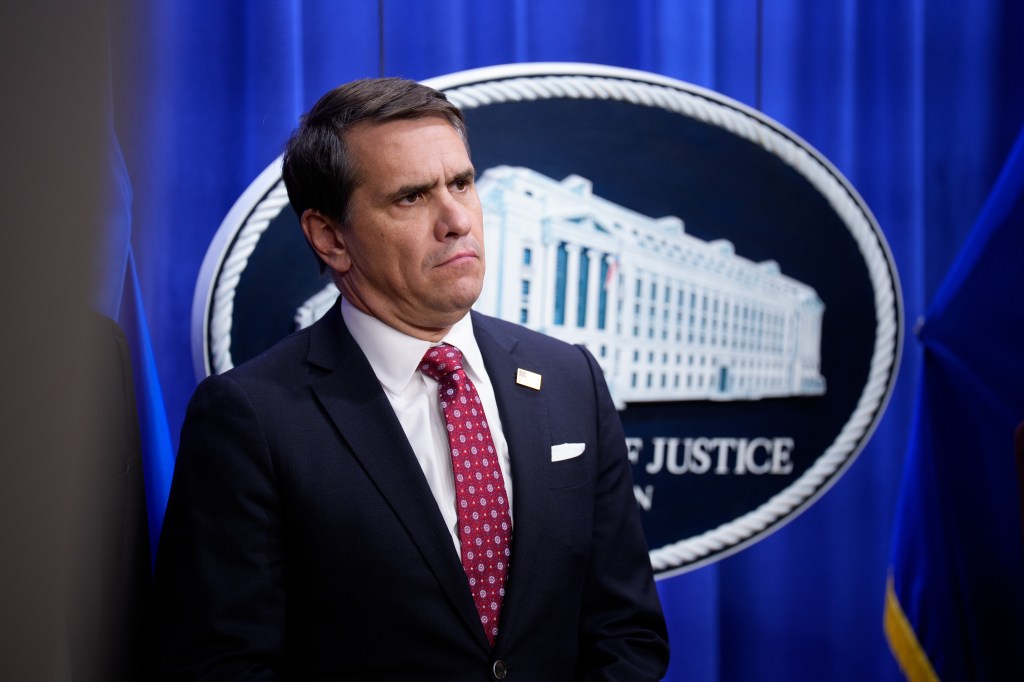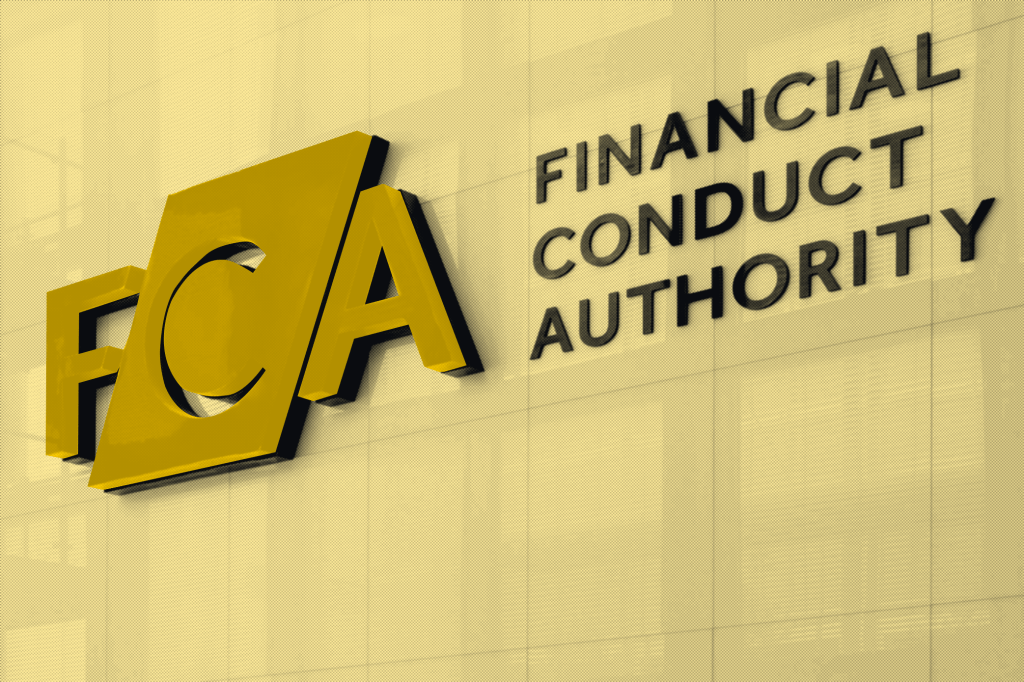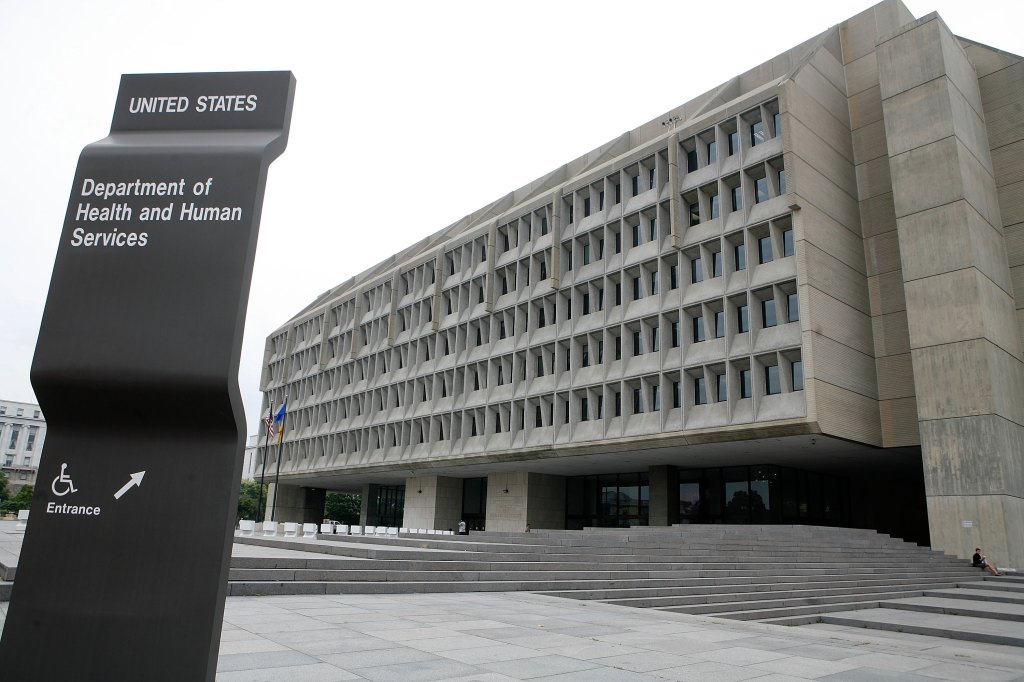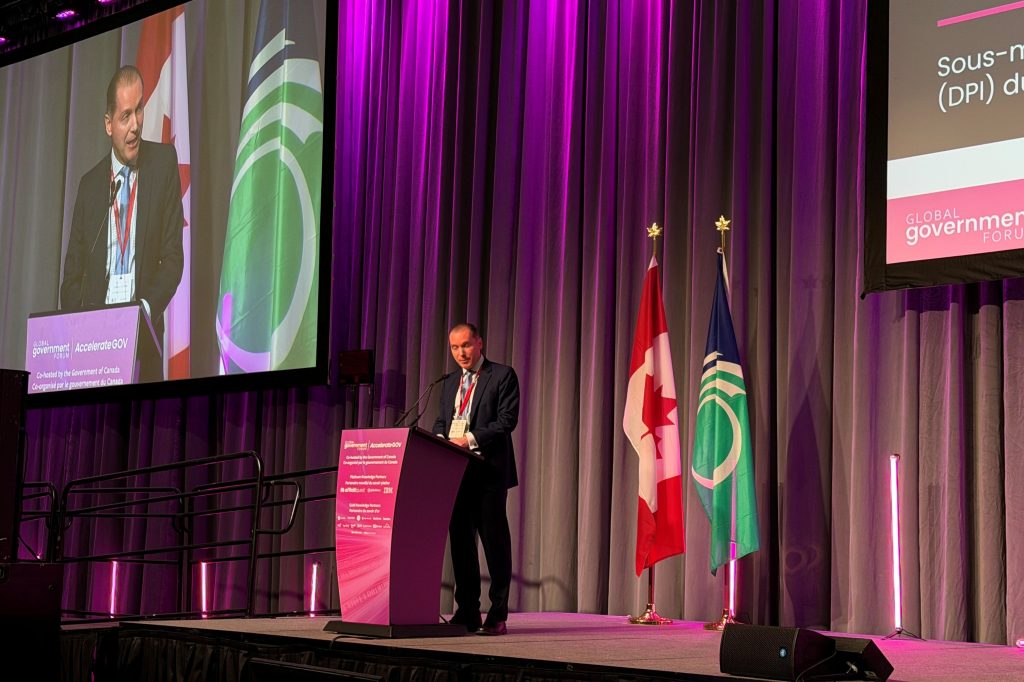ESMA has released a new report, Crypto-assets and their risks for financial stability, focusing on identifying risks in the crypto-assets market and the interlinkages with traditional markets.
Teh regulator has been following crypto developments for years, tracking developments to the point where native tokens and stable coins now represent the
Register for free to keep reading
To continue reading this article and unlock full access to GRIP, register now. You’ll enjoy free access to all content until our subscription service launches in early 2026.
- Unlimited access to industry insights
- Stay on top of key rules and regulatory changes with our Rules Navigator
- Ad-free experience with no distractions
- Regular podcasts from trusted external experts
- Fresh compliance and regulatory content every day

















